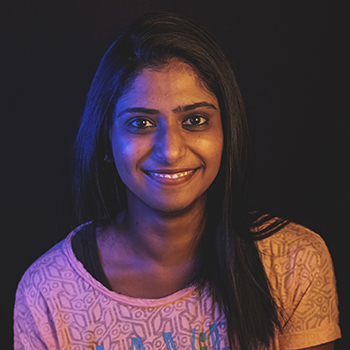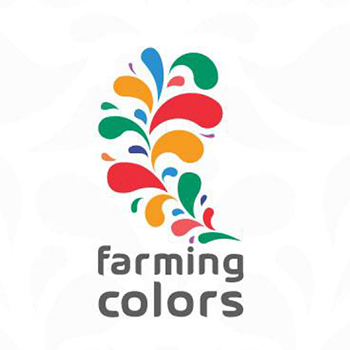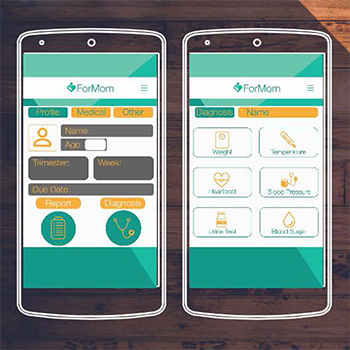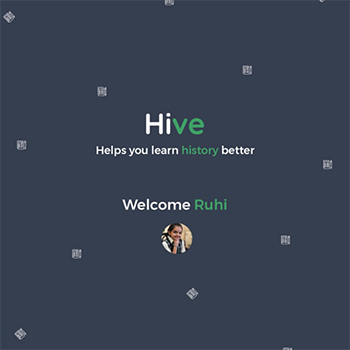Nazreen O Nizam is a UX researcher with a background in human-computer interaction and UX design. She received her M.Des in Interaction Design from IDC (IIT Bombay) in 2017. Prior to that, she got her Bachelor of Architecture from the College of Engineering, Trivandrum. She is currently working as a user researcher at Spotify. Her previous work experiences are: Architectural Intern at Advani & Associates - India (2012), Architect at Kumar Group Total Designers,Kochi (2014–2015), Senior User Experience Designer at HCL Technologies (2017–2018), Senior User Experience Researcher at CogniCor Technologies (2018–2020), Senior User Experience Researcher at KeyValue Software Systems (2020), User Researcher at Booking.com (2020–2022), User Experience Designer at C1 India Pvt Ltd (2019), Senior User Experience Designer at NTREE Innovative Solution Pvt Ltd (2020-2022), User Experience Designer at C1 India Pvt Ltd (2019), Senior User Experience Designer at NTREE Innovative Solution Pvt Ltd (2020), Senior UX Designer at PracticeNext Digital (2021), Senior UX Designer at Peepal Design (2021).




